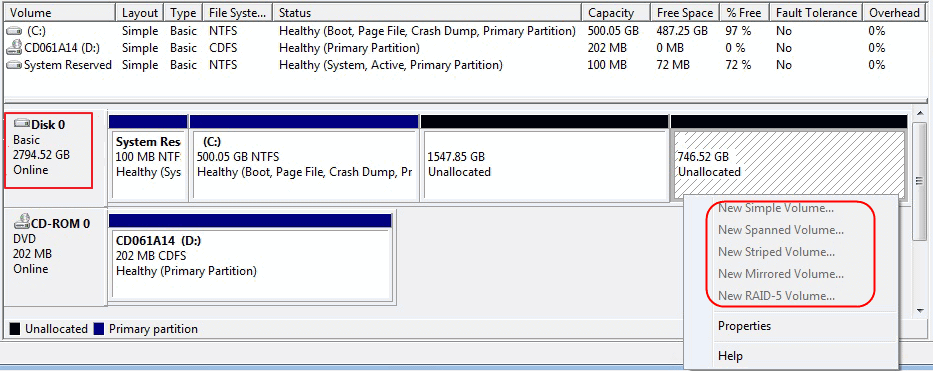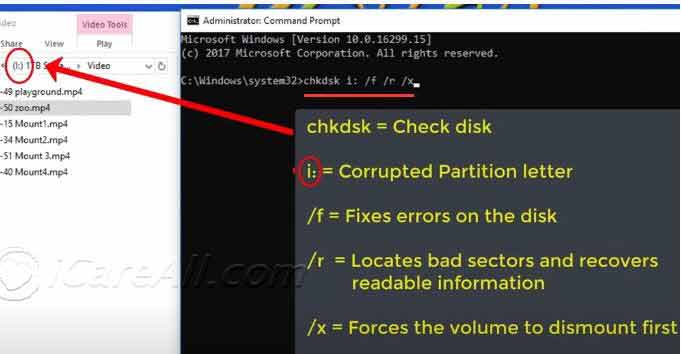


If there are no errors, it will simply exit out and boot up Windows normally. This scan will take much longer than the scan from within Windows and there’s a much better chance that it will find errors on the disk, if any exist. Obviously, don’t press anything, otherwise the scan will be cancelled. Restart your computer and you’ll see a message to press any key to skip disk checking. Type in Y to schedule the volume to be checked the next time the system restarts. If you are scanning the drive that Windows is currently running from, you’ll get a message that Chkdsk cannot run because the volume is in use by another process. Just click on Start, type in cmd and then right-click on it and choose Run as administrator.Īt the prompt, go ahead and type in the following command: chkdsk c: /f /r /x In order to run chkdsk from the command line, you need to open an administrator command prompt.

For Windows 7 users, the scheduled scan on reboot will be the better scan. The second way to run chkdsk in Windows 10 and the better way, in my opinion, is to use the command prompt. If any errors were detected, Windows would give you a couple of options, one of which would be to try and repair the disk. You can click Show Details, which will take you to the Event Viewer program and load up the Application log. When the scan is complete, you’ll get a message on whether or not there were any errors on the drive. I’ll talk about that in the next section below. Note that this method via the GUI interface isn’t as thorough as the command line version (which is what runs in Windows 7 when you schedule the scan). The scanning process will begin and it shouldn’t take very long. However, if you want to perform a scan, go ahead and click on Scan drive. Instead, a popup dialog will appear and it may say that you don’t need to scan the drive because Windows hasn’t found any errors. You’ll only see this message if you are trying to scan the system partition where Windows is installed.įor Windows 10 users, none of those options are available. It’s a good idea to check both if you want chkdsk to try and repair the problems when they are found.įor Win 7 users, if you check both the boxes and click Start, you will get another dialog asking if you want to schedule the scan when the system restarts. Windows 7 users will get popup that gives you the options to automatically fix errors and to scan for bad sectors.


 0 kommentar(er)
0 kommentar(er)
